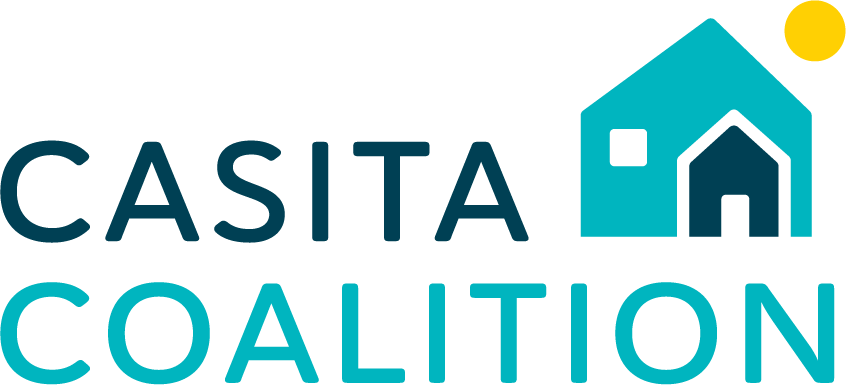National Missing Middle Housing Roundup
As a California-based organization, we at Casita Coalition spend a lot of time focusing on the changes within our state that make it increasingly possible to build missing middle housing forms. But there’s a lot to learn from the strategies, efforts, and wins of small housing advocates across the country. These are a few of the current stories we’re following from all over the U.S. - at the state and local level - that are moving missing middle housing forward.
In Washington state, a bill to legalize duplexes in nearly every neighborhood passed the House of Representatives. HB 1110 also legalizes fourplexes and sixplexes in the state’s biggest cities and near public transportation. The bill, now heading to the Senate, would create opportunity for gentle infill density on virtually all Washington lots previously restricted to a single dwelling. It has strong bipartisan support and a Republican co-sponsor.
In Seattle, more ADUs are being built than single-family homes. The stats from the Seattle Office of Planning and Community Development’s 2022 ADU report are deeply impressive: two-thirds of new single family homes permitted in 2021 were permitted with at least one ADU. One third of new ADUs were permitted as condos, and those were sold at roughly 40% below market rate. Half of new ADUs were part of a three-home complex comprised of a main home and two ADUs, whether attached or detached. A new law aimed at curbing McMansions has effectively boosted new ADU production by restricting new homes to no more than 50% of lot coverage, encouraging more builders to add ADUs to new home projects.
In Maryland, a poll conducted by American Strategies for Maryland Realtors brought the necessity of missing middle housing to light. The poll revealed that 61% of individuals with moderate income say there is too little housing, an increase of 33% since January 2020. There is particularly increased concern about the lack of missing middle housing: the cost to rent a home is too high according to 80% of Maryland voters, 45% think there are too few places to rent, and 72% of young professionals say there is too little housing in general. 77% of Maryland voters support the idea of ADUs to help solve the housing shortage.
In Arlington County, VA, the county board voted to advance the “Missing Middle Plan,” which will change zoning restrictions for 75% of its single-family neighborhoods. This plan would allow for the construction of multifamily buildings up to six units, and has been hotly debated in a series of lengthy public hearings. Champions of the bill have praised it for being sensible and bringing much-needed change to neighborhoods where young people and families are increasingly priced-out.
In Austin, Texas, planners are arguing in favor of ADUs to preserve neighborhood character and affordability. Urban Land Institute Austin recently interviewed local business and property owners, preservation experts, developers, and planners to produce a report on saving existing housing stock. They found that demolition and new construction is often the easier and more lucrative option, but the preservation of existing housing stock is essential to keep longtime residents from displacement and keep housing affordable. Local experts have suggested that the city improve its programs and make them easier for homeowners to use, including expanding resources for ADU construction.
In Chicago, Illinois, a missing middle housing architectural competition has made national headlines. The city, alongside the Chicago Architecture Center and Chicago Community Trust, launched a competition to identify designs that could encourage affordable homeownership and local development on Chicago’s historically disinvested South and West Sides. In March 2023, the Chicago Architecture Center unveiled the top 42 designs, now viewable by the public, 8-12 of which will be selected to be built as case-study structures.
In Salt Lake City, Utah, a grassroots organization is rebranding the conversation around missing middle housing. SLC Neighbors for More Neighbors was formed to “advocate for an equitable, thriving, and sustainable city through housing that is accessible to all.” The group is staunchly in favor of progressive zoning reform and greater density, but wants to challenge the NIMBY versus YIMBY binary approach to the housing conversation.
In Hailey, Idaho, City Council members voted to legalize tiny homes on wheels. The code change will need to pass two more council readings before becoming finalized, and will treat tiny homes on wheels as a type of ADU. They will be regulated like ADUs and subject to the National Organization of Alternative Housing’s building standards.
